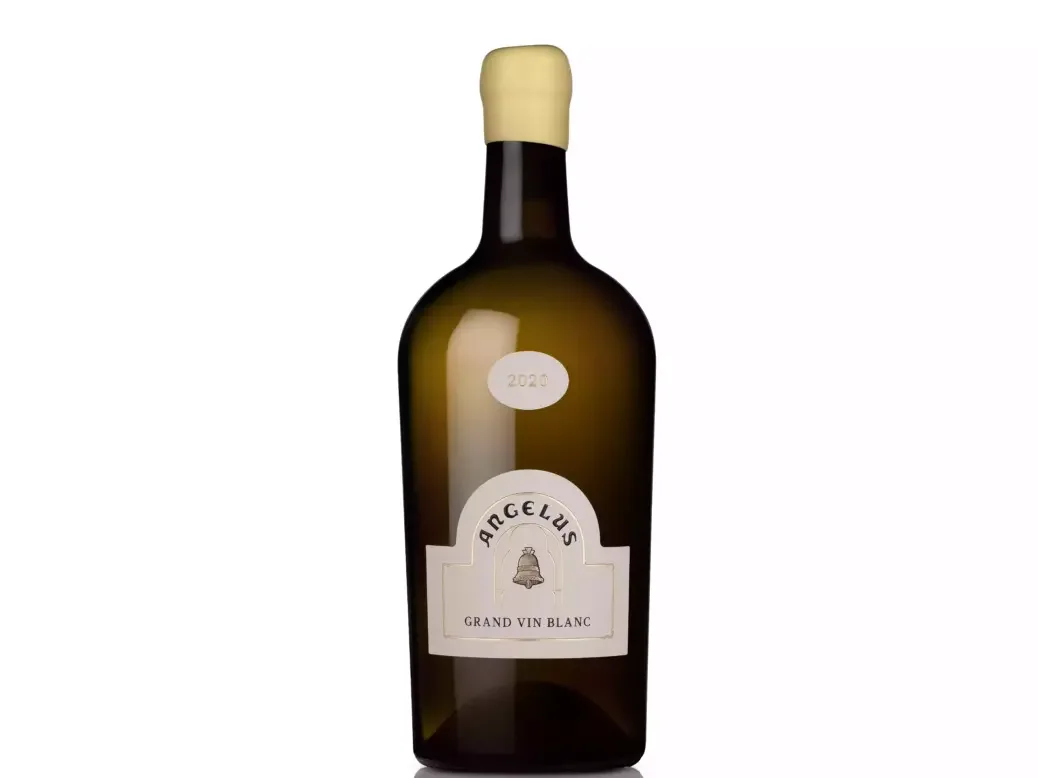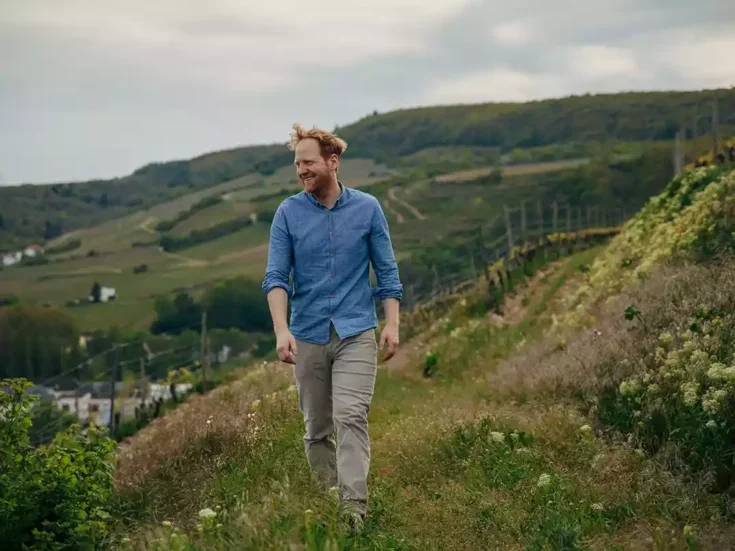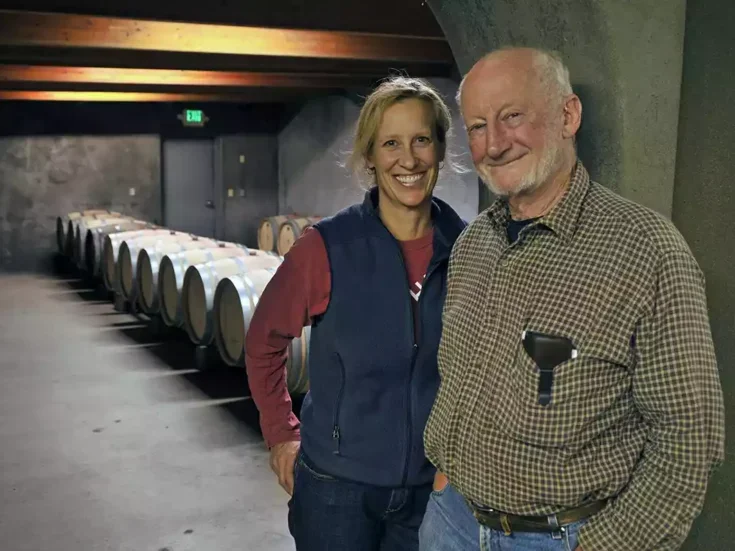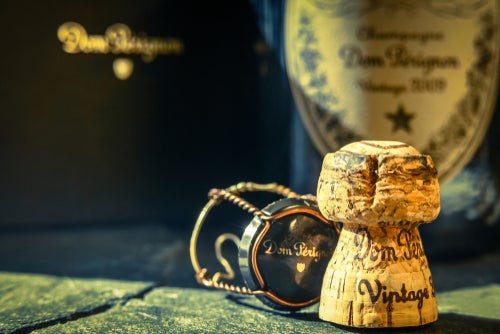
Raymond Blake savors the first release of Château Angélus Grand Vin Blanc, the Bordeaux estate’s white micro-cuvée.
As expected, the centerpiece and standout wine of a Château Angélus dinner I organized in Dublin last year was the 1985 vintage, shipped directly from the château for the occasion. Approaching its 40th birthday, it boasted the gorgeous sweet savor of well-aged claret, with a flavor that was gently insistent and in no way coarse. A delightful and wonderfully satisfying wine. And yet…
It could not be denied—and all of the diners agreed—that it was ever so slightly upstaged by the first wine of the evening: this young pretender, this Château Angélus Grand Vin Blanc. No matter how much they eulogized the 1985, each made their remarks while metaphorically looking over their shoulder. The memory lingered of a remarkably fresh and satisfying wine, delicate, beautifully composed, and with a graceful and harmonious finish.
Château Angélus hardly needs any introduction to Bordeaux lovers—or, indeed, to the wider public, since its starring role in three James Bond films, most memorably Casino Royale. Yet until now its renown has rested solely on the quality of its reds. This wine is going to embellish that reputation, though it will never reach a wide audience, as explained by the château: “We retain only the finest grapes from an extremely small plot to produce the Château Angélus Grand Vin Blanc. The result is a micro-cuvée, with barely 2,000 bottles produced each year. We reserve this rare wine for receptions held at the estate with our most loyal customers, and for Angélus dinners organized with our preferred partners.”
Grand Vin Blanc’s genesis dates back to 2017, when Hubert de Boüard de Laforest, owner of Angélus, decided to graft Chardonnay, Chenin Blanc, Sauvignon Blanc, and Semillon onto vines “on the southern slope of Castillon-la-Bataille […] which reminded him of the Côte des Blancs in Champagne […]. The hillside location provides the vines with optimum ventilation, while the very cool clay-limestone soils—made up of white tufa and oxidized clay, typical of the hillsides of Castillon-la-Bataille—irrigate the vines at depth.”
The vineyard area stretches to only 1.84ha (4.55 acres—coincidentally, the same size as Romanée-Conti), and the vines are planted at a density of 5,000 to 7,000 per hectare. After hand-harvesting, the grapes are pressed in an inert atmosphere, with the must allowed to settle before fermentation in a combination of new, Burgundy-sized, 228-liter barrels and a concrete egg. Some batches go through malolactic fermentation, then aging lasts for 16 months, with some lees stirring before gravity-fed bottling. The first vintage produced was the 2020.
On paper—and to my mind, in advance of tasting—this “Tour de France” quartet of grape varieties simply should not work. That’s the theory… but theory was thrown out when practice, by way of a first sip, revealed a remarkably harmonious marriage between a foursome that seldom shares the same bottle.
Talking of which… the bottle itself references the plump, slightly tapering shape more usually associated with Vin Jaune from the Jura. Judging a book by its cover is hardly the stuff of objective wine assessment, but that shape and the elegant label—eye-catching because of its simplicity rather than any garish, look-at-me embellishments—make for an attractive, winning combination. All the empties were taken home as souvenirs.
Tasting
2020 Château Angélus Grand Vin Blanc
(40% Chardonnay, 20% Chenin Blanc, 20% Sauvignon Blanc, 20% Semillon; 13% ABV)
Trying to pick apart the aroma and flavor of this wine, identifying the contribution that each grape variety makes, is a largely futile exercise. An attempt might credit the Chardonnay with providing the foundation, the Chenin some mineral bite, the Sauvignon a fresh zip, and the Semillon a touch of gloss. Searching for each component, however, by way of swirling, sniffing, and sipping, was like trying to winkle out the various colors an artist used in a great painting—seldom was a wine so obviously greater than the sum of its parts. Delicious, pure fruit was its calling card, on both the nose and the palate, where it was joined by subtle and nuanced floral notes. The lovely depth of flavor carried into a crystal-clear and lingering finish. A poised and precise wine. | 95






